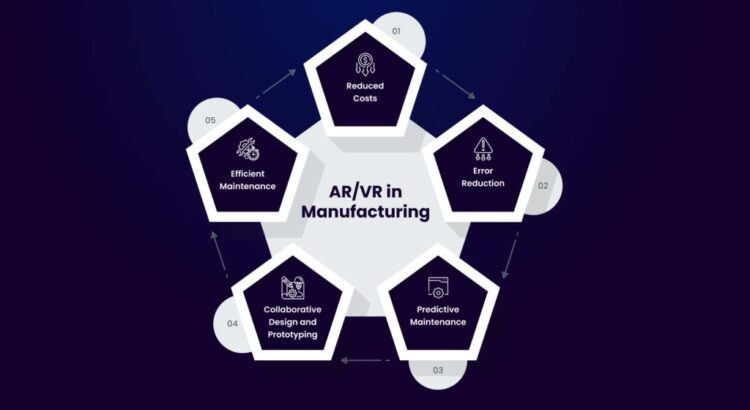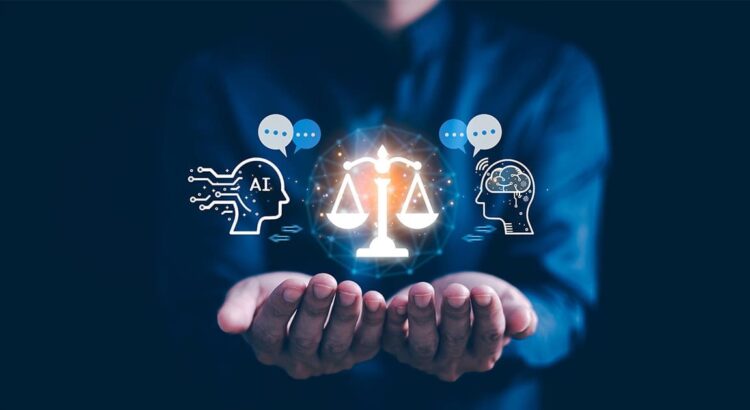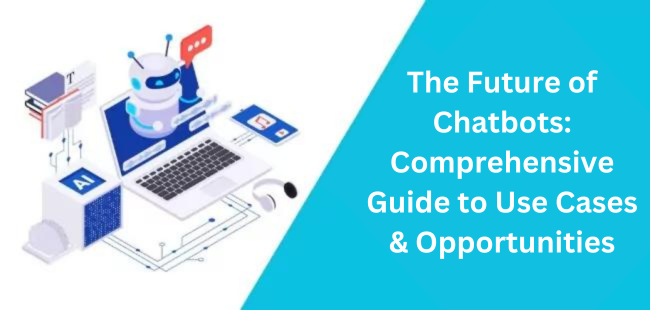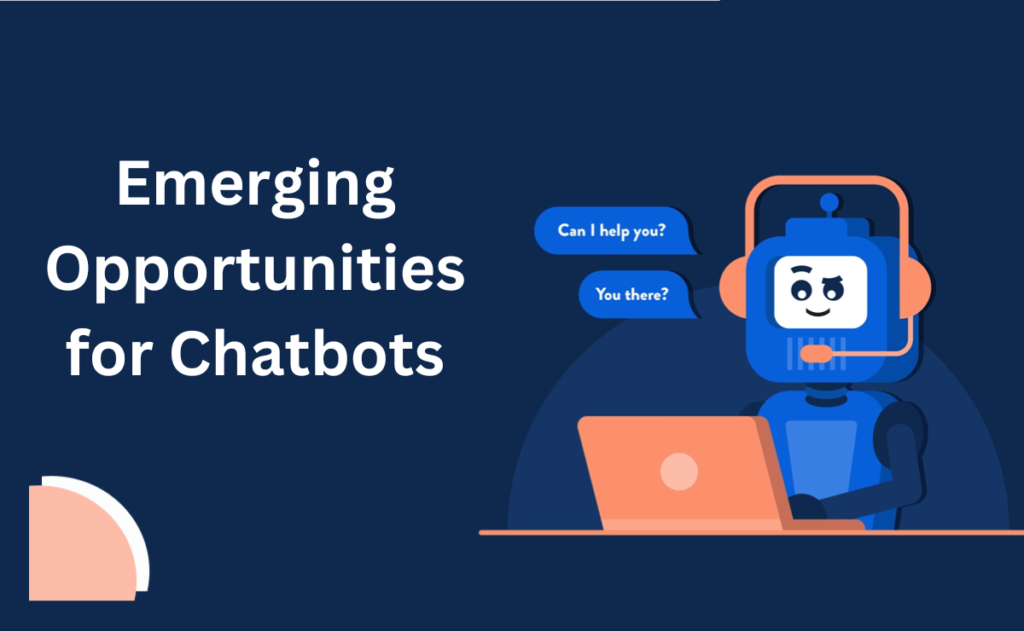Manufacturing continues to evolve through Industry 4.0, where smart systems such as IoT, artificial intelligence, robotics, and data analytics reshape how factories operate. Two technologies -Augmented Reality (AR) and Virtual Reality (VR) – are playing an increasing role in helping manufacturers improve training, maintenance, design, and collaboration.
At RAZORSE Software, we work with manufacturers to develop AR/VR solutions that deliver measurable improvements in productivity, quality, and equipment uptime.
Here is how AR/VR is being used today in manufacturing environments:
1. Hands-On Learning and Skills Training
VR-based training environments allow workers to gain experience with machinery, safety procedures, and factory operations without using actual equipment or putting themselves at risk.
AR tools provide on-the-job guidance by displaying real-time instructions over physical components, helping operators perform tasks correctly the first time.
Benefits:
- Accelerates training of new employees
- Improves knowledge retention
- No impact on active production lines
2. Equipment Maintenance and Troubleshooting
Technicians using AR-enabled glasses or tablets can access step-by-step repair instructions while working on equipment.
AR also allows off-site experts to support field workers through real-time video feeds.
Advantages:
- Quicker diagnostics and repair times
- Fewer manual errors
- Less equipment downtime
3. Factory Layout Planning and Simulation
Before making physical changes to a factory, VR tools allow teams to model production areas, equipment placement, and worker movement in a digital space.
This helps engineers identify potential issues early, optimize workflows, and improve workplace safety.
Applications:
- Designing efficient assembly lines
- Testing production at various capacity levels
- Enhancing ergonomics and worker safety
4. Remote Collaboration and Virtual Inspections
AR and VR platforms allow teams from multiple locations to inspect equipment, review designs, or monitor production processes remotely.
This helps global teams collaborate without the need for frequent travel.
Benefits:
- Lowers travel expenses
- Speeds up project reviews and decision-making
- Simplifies remote compliance checks
5. Visualizing Live Data with Digital Twins
Manufacturers are increasingly using digital twins – virtual models of real machines and equipment.
AR/VR helps operators visualize live operational data, such as performance metrics and wear levels, directly on physical equipment or in immersive environments.
Outcomes:
- Enables predictive maintenance
- Supports real-time equipment monitoring
- Helps optimize production processes
6. Supporting Quality Control and Assembly
Operators can use AR overlays to follow visual assembly instructions or verify quality checkpoints during production.
This ensures consistency and reduces the likelihood of errors.
Use Cases:
- Step-by-step assembly guidance
- Automated inspection workflows
- Real-time quality validation
7. Improving Workplace Safety and Compliance
VR simulations allow workers to practice responding to emergencies such as fires or equipment failures in a safe virtual environment.
AR systems can alert workers in real time if they enter unsafe zones or if equipment is malfunctioning.
Results:
- Better emergency preparedness
- Improved safety compliance monitoring
- Fewer workplace accidents
Measured Impact of AR/VR in Manufacturing
| Application Area | Results Achieved |
|---|---|
| Employee Training | 60% faster onboarding |
| Equipment Maintenance | 40% reduction in downtime |
| Quality Control | Up to 90% assembly accuracy |
| Factory Planning | 30% fewer design errors |
| Team Collaboration | Reduced travel, faster decision cycles |
How RAZORSE Helps Manufacturers Deploy AR/VR
RAZORSE Software Pvt. Ltd. designs custom AR/VR solutions for manufacturing clients, focusing on practical applications that improve day-to-day operations.
We support your team across the full project lifecycle – from hardware selection and software development to digital twin integration and user experience design.
Our services include:
- AR-based equipment maintenance apps
- VR-based training modules
- Digital twin visualization
- Mixed reality dashboards for production monitoring
- Remote collaboration and support tools
With over 14 years of experience, we work with clients across the automotive, engineering, and industrial sectors.
Get in Touch
AR and VR technologies are proving to be valuable tools in today’s smart factories.
If your team is exploring ways to use them effectively, we can help.
🌐 www.razorse.com
📧 info@razorse.com








